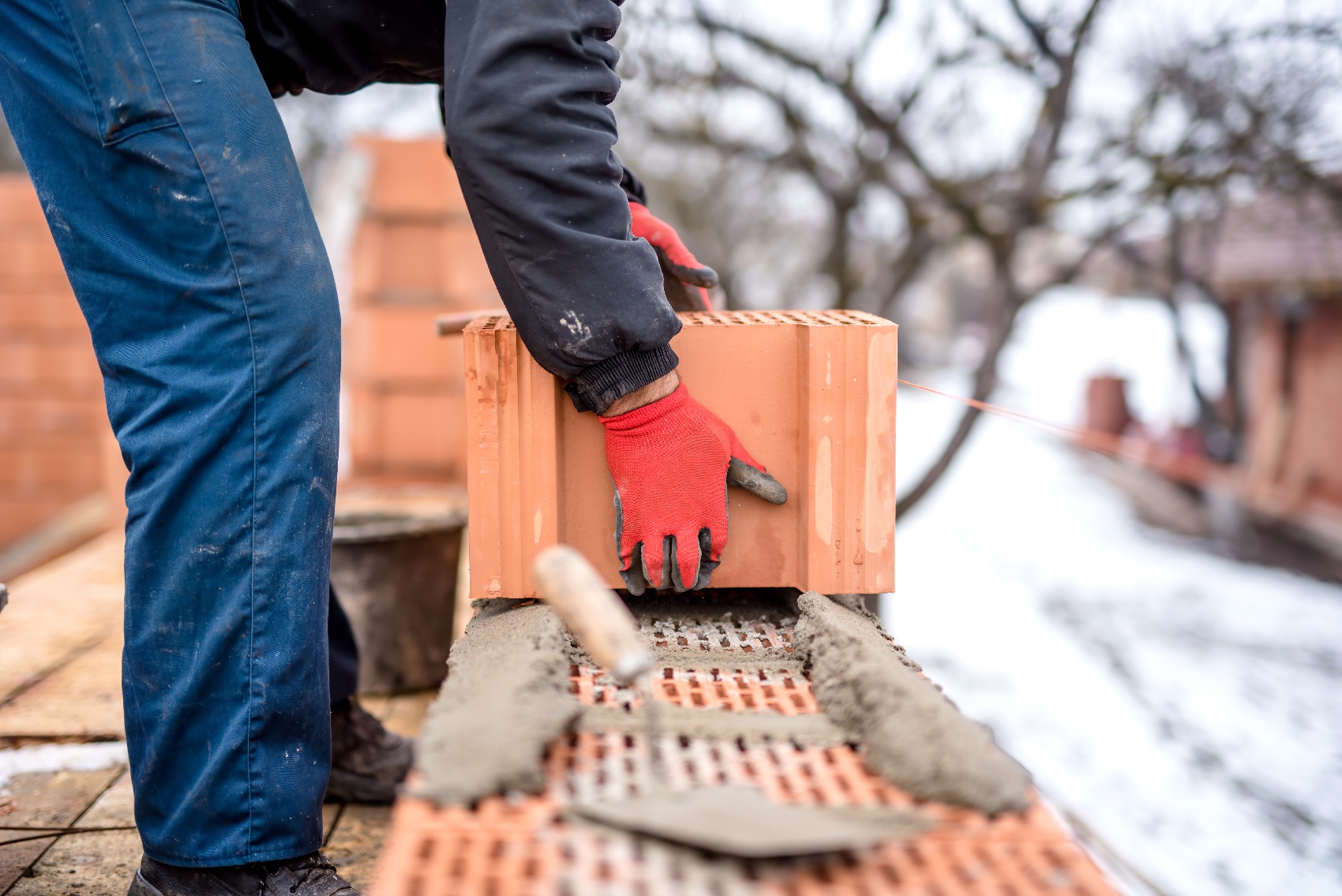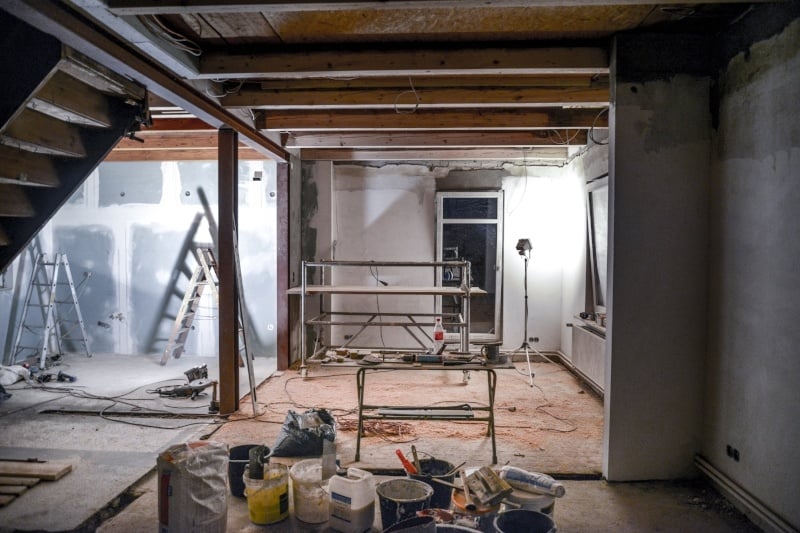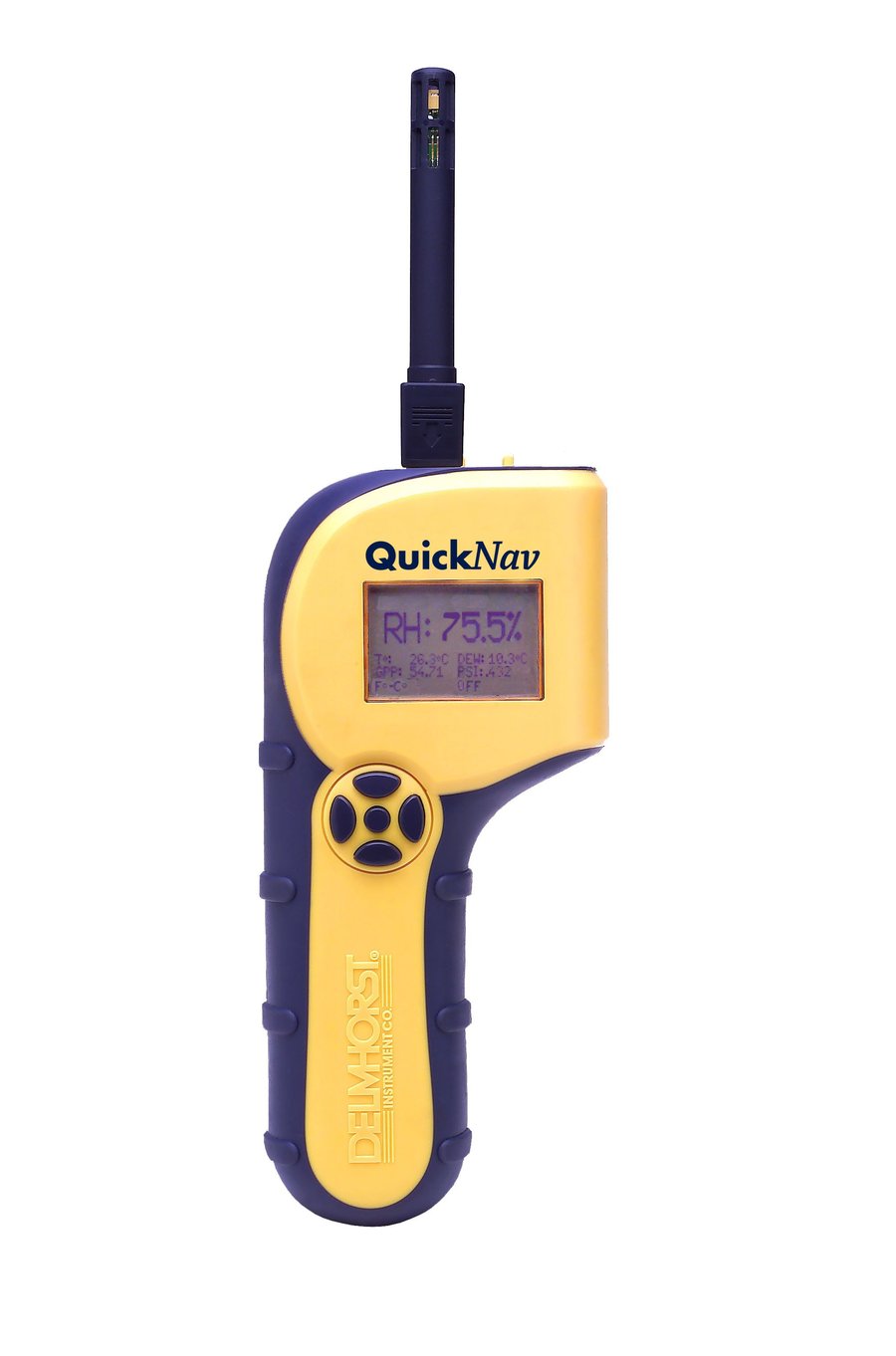What Moisture Meter Works Best for Winter Restoration

Cold winter temperatures can have an adverse effect on some moisture meters during the winter. Usually, though, the impact of cold temperatures on a moisture meter’s readings are minimal—unless those temperatures are in the freezing zone. This is because high or low temperatures can affect the electrical conductivity of a material—which affects the accuracy of the moisture reading.
In these cases, a pin moisture meter will need to have a temperature correction applied to the readings it gives to ensure the best accuracy.
However, there are more considerations to make for winter restoration projects than just the temperature. Restoration experts need a reliable moisture testing tool that combines many different functions to meet all of their needs on the job.
What to Look for in a Winter Restoration Moisture Meter
Some of the functions that may be desirable in a moisture meter being used for restoration projects in the winter include:
- Temperature Meter Mode. A moisture testing device with a built-in temperature meter mode can be invaluable for ensuring accuracy when testing the moisture content of building materials in cold areas. Or, using a pinless moisture meter that wouldn’t be as affected by temperature extremes as a pin moisture meter would is also a good idea.
- Stored Readings. Every professional can benefit from using a moisture meter that can store and transmit moisture readings. Being able to document live readings from the jobsite and show them to the building’s owner (and/or their insurer) can help to circumvent disputes about the service provided and its necessity.
- A Variety of Reading Scales. Most restoration projects involve more than just wood building materials. Restoration experts often have to check for moisture in flooring, drywall, ceiling, and other materials. Here, having a moisture meter with a variety of reading scales (including the reference scale) can be a necessity for ensuring thorough moisture testing.
- Rugged Construction. Winter restoration work can be tough on the tools used in it. Numb fingers (or ones in extra-thick gloves) can easily fumble tools. So, it’s important to have moisture testing tools that can take the odd drop or two without breaking. Ruggedly-constructed moisture meters are a necessity for harsh winter restoration project conditions.
Which Moisture Meter is the Best for Winter Restoration?
Considering all of the criteria above, which moisture testing tool would be the best one to use for winter restoration projects?
Here are a few candidates:
- The Navigator Pro. Delmhorst’s NavPro moisture meter is a 3-in-1 device that combines pin and pinless moisture meters with a thermo-hygrometer. Already extremely flexible, the meter features three reading scales in its pin moisture meter mode: wood, drywall, and reference. This makes the NavPro ideal for moisture testing in almost any type of building material. Furthermore, the thermo-hygrometer mode allows for testing relative humidity and temperature in a given area—which makes it easier to make temperature adjustments and determine the equilibrium moisture content (EMC) of wood.
- The BD-2100. This pin moisture meter features three moisture reading scales (wood, drywall, and reference) as well as a built-in calibration check that makes it easy to verify its reading accuracy on the go. Designed from the ground up to be tough enough to last for years of use, this is a popular moisture meter among restoration experts.
- The ProScan. This pinless moisture meter has both wood and reference moisture reading scales built in. It also features the ability to make wood species corrections for materials with specific gravities ranging from 0.3 SG to 0.8 SG. With its non-destructive moisture testing and ability to take readings in large areas very quickly compared to pin moisture meters, the ProScan is a go-to moisture testing tool for many restoration experts.
- The TM-100. Never underestimate the usefulness of a temperature meter—especially one that can take temperature readings in the air as well as directly in building materials. The TM-100 is a specialty device that helps ensure restoration experts always know the precise temperature of building materials so they can make the most accurate temperature corrections.
Of these meters, the NavPro is the popular choice for restoration experts who want an “all in one” device. Meanwhile, the other tools in this list are more popular among experts who want more focused devices or who already have tools that do some (but not all) of the work the NavPro can do.
Need to know more about what type of moisture testing tools you should use for winter restoration projects? Reach out to the team at Delmhorst as soon as possible for more information and advice.
Subscribe to Our Blog
Post Related

What Moisture Meter Should I Buy for Restoration Projects?


